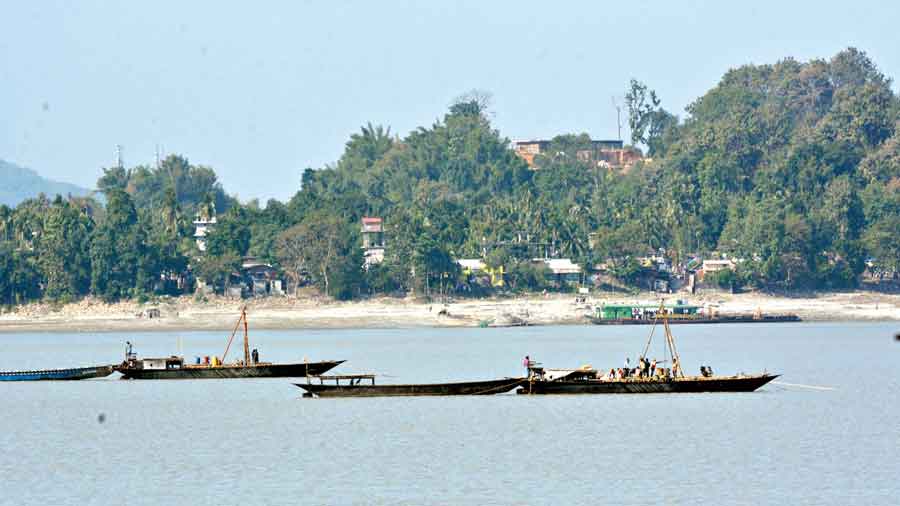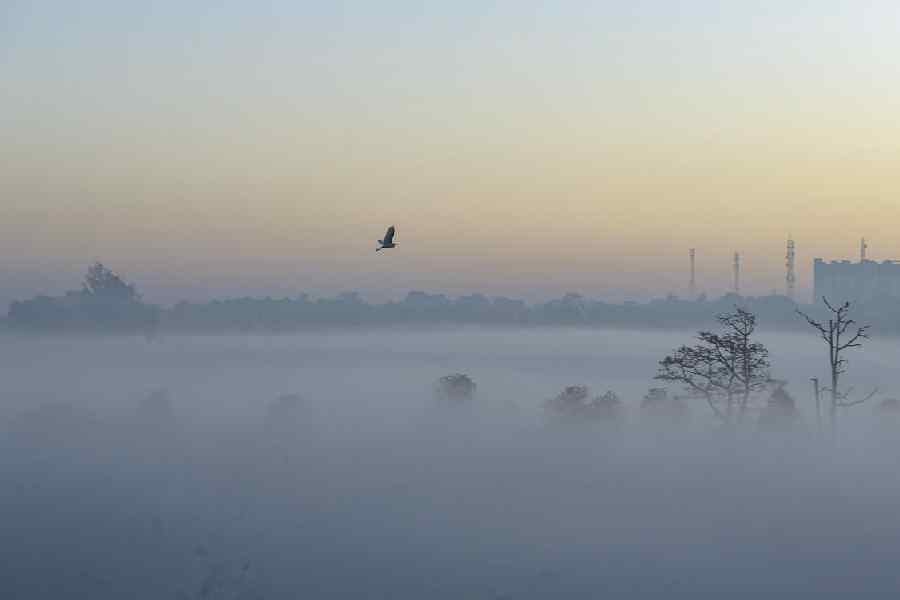Kinthup, a Darjeeling tailor who was part of an exploration to trace the course of the Brahmaputra, is being rediscovered by the hill town more than a century after his death.
C.R. Rai, a former bureaucrat, has revived memories of Kinthup in his book Darjeeling: The Unhealed Wound. According to Rai, Captain H.J. Harmon, an employee of the Survey of India, sent Kinthup to Tibet on a secret mission to find out whether the Tsangpo, the Dhihang and the Brahmaputra were the same or different rivers.
The tailor, who died in penury in 1915, had played an important role in establishing that the three rivers are the same (The river has those three names in different regions”. However, the story is largely unknown in Darjeeling.
During the launch of Rai’s book at Darjeeling Gymkhana Club last week, Sunirmal Chakravarthi, the editor of the book and former principal of La Martiniere for Boys, Calcutta, asked an august gathering of more than 100 well-known citizens of Darjeeling, if they had heard of Kinthup’s story.
None had heard about him.“Kinthup was an illiterate person from Sikkim, who earned his livelihood as a tailor in Darjeeling and used to stay in Butcher Busty, which is now called Dr Zakir Hussain Busty, with his wife, two sons and a newly-born daughter,” said the author Rai.
The tailor was trained in the basics of using survey instruments and sent to Tibet in July 1880 in the guise of a servant to a Chinese Lama, who also happened to be in Darjeeling then.
“Although the mission was for a short time (four months), Kinthup suffered a lot as he was sold out twice as a slave in Tibet. Despite the travails, he completed his assignment of sending especially marked logs through water, which were supposedly retrieved by Harmon’s team as soon as the river entered India,” said Rai.
These helped in establishing the course of the river and its tributaries.Kinthup returned to Darjeeling in October 1884, only to find his wife no more, his children abandoned and Harmon dead. Nobody cared to listen to his tales of woes and accomplishment.Surprisingly, 30 years later, his claim was recognised by one British officer Eric Bailey.
“Bailey, who found the details narrated by Kinthup more or less accurate, took him to Shimla to present his testimony before the members of the Tibet Frontier Commission set up to draw the McMohan from March 25 to 28, 1914,” said Rai.
In recognition of his contribution, he was awarded a medal by the British but despite strong lobbying by Bailey, no financial aid or pension, which Kinthup needed the most, was granted.
“Frustrated, he died in Darjeeling in 1915 with hardly any money,” said Rai. “Rai’s book is an interesting read about Darjeeling as apart from interesting anecdotes, the book gives an interesting perspective on its history, place, people and events both political and social,” said Chakravarthi.
Rai, an officer of the WBCS cadre, had also forayed into politics after resigning from his job and his varied experiences are reflected in the book.Kinthup’s story has also found mention in Parimal Bhattacharya’s book Bell of Shangri-la: Scholars, Spies, Invaders in Tibet. Bhattacharya had earlier taught in Darjeeling Government College.











